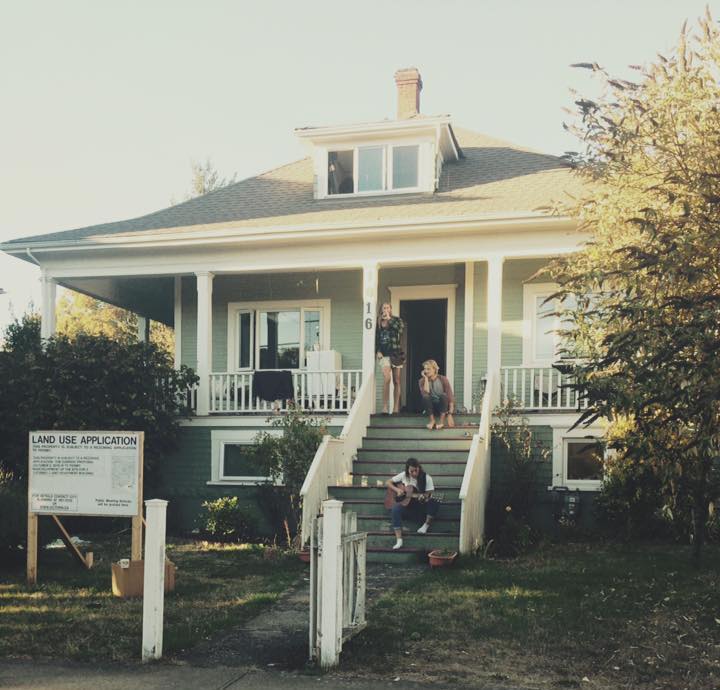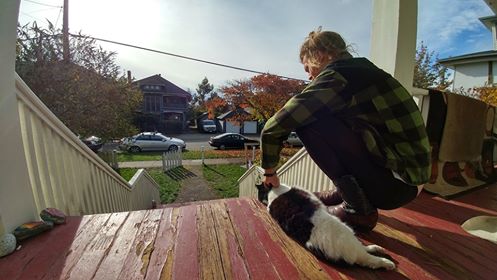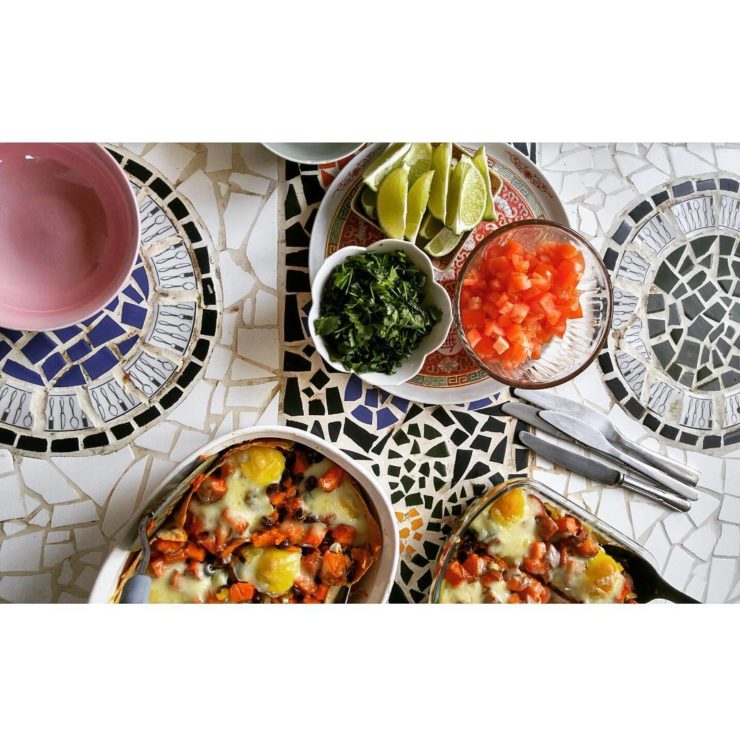A dozen inhabitants of one Oak Bay home may be innovating the way millennials are living

While students in their 20s and 30s are among one of the larger groups that bear the brunt of Victoria’s housing crisis, it’s safe to say that this issue affects millennial prospective Victorians regardless of their occupation. According to a June 2018 article from the National Post, one in three Canadians under the age of 35 were homeowners in 2017. In 1976, that number was one in two.
These pressures are part of why you can find houses in the city’s wealthier neighbourhoods that on the inside are not the stuffy, colonial spaces they first appear to be.
Behind the doors of a beautiful heritage mansion in Oak Bay are the lives of 13 young Victorians; some are students, some are community organizers, tree planters, and everything in between. A cat and dog peacefully coexist with the humans. Rather than simply sharing a roof, however, the occupants together are part of a chosen family they have called “the Dangle Dome.”
Over the years, “the Dome” (as it is affectionately addressed) has moved between three different locations. The first began in the early 2010s, and was entirely comprised of UVic students, due to its proximity to the university in Gordon Head. Since then, a mix of students and non-students has made up the community. Only four of the first occupants live in the current house today — one of them being LJ the cat. In July 2014, the original building burned in a fire, and the community moved to a house near Cook Street Village.
I had a chance to talk about the Dome with one of its long-time occupants, Sasha*, who came to Victoria in 2015 for a fresh start after completing a bachelor’s degree in North Vancouver. While he was searching for somewhere to live, he heard about the second Dome house from a friend who was living there at the time.

“[My room] was made of corrugated plastic walls, with a carpet for a door,” Sasha recalls. “It was called ‘the Womb’ — it was a room inside of another room … the person whose room I lived in and I got to know each other very well, and could hear each other at all times … it was like living with a sibling again.”
The additional rooms were created to allow the buildings to hold more people than the nuclear family for which they were designed.
During our conversation, we ran into Courtney*, who has been part of the Dome since it was “a party house,” as she refers to the first residence. Courtney slept in the house’s music room to avoid a difficult living situation until a bedroom opened up the following January, and eventually came to write her master’s thesis and a documentary on the Dome’s history, which can be found at www.thedangledome.com.
When the second house was to be demolished and gentrified as a luxury quadruplex with a few months’ notice — a “reno-viction” in today’s housing market — the owners offered the property that they had recently purchased — a 1910s English mansion that has become “Chateau Dome.”
The move led to an expansion from eight occupants to a minimum of 12 people at one time, the highest number yet being 16.
“We don’t frivolously heat spaces, there usually has to be an intention behind heating them,” Sasha explains with regards to all occupants paying for rent, but not for central heating. “We double-plastic all the windows and we have other means of insulating [such as small space heaters].”

The dynamic is a fascinating example of the way that Victoria’s old and new cultures frequently clash together like oil and water. The upper-crust space that was the Chateau has been transformed into a budding one for a post-recession world — even at its foundation, through events including reconciliation workshops and entertainment nights (known as “soirées”). In this shift, the Dangle Dome and houses like it are a fundamental part of millennials being able to survive the housing crisis.
“If I wasn’t living in that house, I couldn’t live in Victoria or have the lifestyle that I want to have,” Courtney says. “It’s probably the best place that you can learn to be a functioning person … both in terms of taking care of yourself … and other people.”
One of the most interesting comments from Courtney was that “even if there wasn’t a housing crisis, the value of the way we live is enough,” referring to the social and emotional benefits that come from being part of the Dome. Perhaps this solution to such a systemic problem has opened a door for a new, beneficial approach to life in Canada. Watching this community continue to mature and expand will tell us exactly what those benefits may be.
*Surnames have been omitted to protect identities, as the number of occupants is not officially stated and the living arrangement operates under a “don’t ask, don’t tell” policy.








